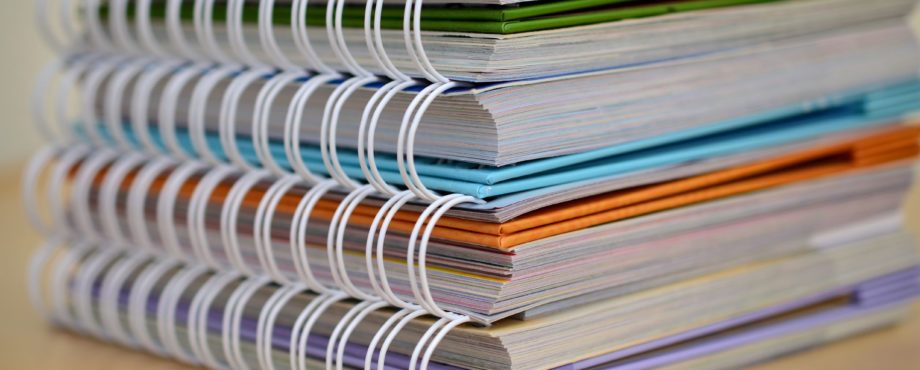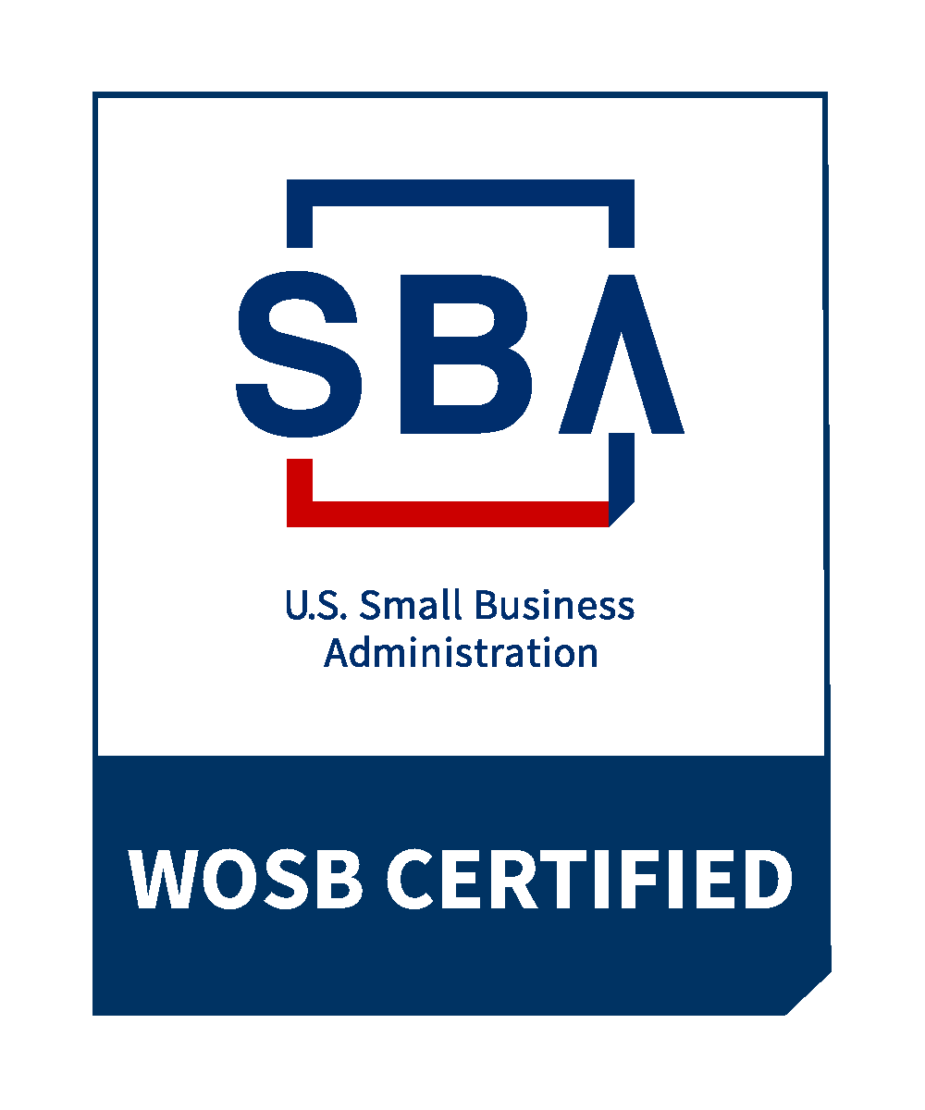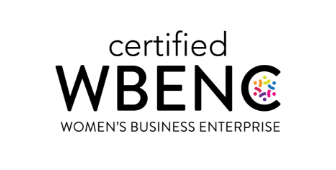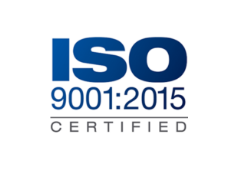Back to Blog
Style Guides Drive Technical Manual Development

Style Guides and Style Manuals are useful tools for ensuring a standard set of criteria and uniformity is employed by technical writers who create procedural documentation for systems and equipment of all levels of complexity. In the United States, common Style Guides used include: the Associated Press (AP) Stylebook, the American Psychological Association (APA) Publication Manual, The Business Style Handbook, and the Modern Language Association (MLA) Handbook, among others.
Developing a comprehensive style guide during the planning stages of a program contributes to successful fielding of that asset. Let’s take for example a military vessel’s Technical Documentation. When developing Technical Manuals or Maintenance Requirement Cards (MRCs) for a ship that has not been built, the developer, along with others on the team, have to follow defined regulations and instructions to satisfy the Government’s program requirements. Those requirements can be broad in scope and include, but are not limited to, formatting, style, standards, language, and/or specific technical directives. Implementing and following requirements results in the production of stylistically similar information that a ship’s crew and maintainers can effectively interpret in performance of their duties.
There are numerous reasons and benefits of using and implementing a Style Guide:
- Consistency: In organizations, large or small, working from a set of instructions or guidelines enables a team to create consistent products – using the same terminology, tenses, etc. throughout the program. When a style guide is not utilized (or does not exist for use) by the team, inconsistencies between deliverables can introduce confusion to the Program Office and end user.
- Uniformity: When developing Technical Documents, uniformity of format is extremely important to convey that the documentation is for the same asset.
- Conformity to Program Phase: Using the same level of detail throughout a program phase and adjusting as necessary to the level of detail needed as required at each phase of the Acquisition Process. The further into a program you are, the deeper the level of detail the technical documentation should conform to.
- Organization of the Material: The format of Vendor Furnished Information (VFI) and Original Equipment Manufacturer (OEM) engineering data (from drawings, parts lists, etc.) is not usually conducive for direct inclusion into a military database. Utilizing a Style Guide to organize the data into a specific structure allows data to be inputted, updated, and retrieved efficiently from defined fields in a database for developing technical documentation and maintaining configuration management of the data throughout the equipment’s or system’s life cycle.
Most typically, the Government and contractor coordinate to develop a program style guide or the program requirements will reference a standard style guide to use or modify to be program-specific. If use of a style guide is not a program requirement, it is still strongly recommended that one be created and followed, especially if multiple authors will be involved in developing the technical data and if the development time is lengthy. The complexity and content of a style guide should be program dependent, and using one will result in easily teachable and easily interpretable materials for end users.
Article Authored by José Cavazos, DML






